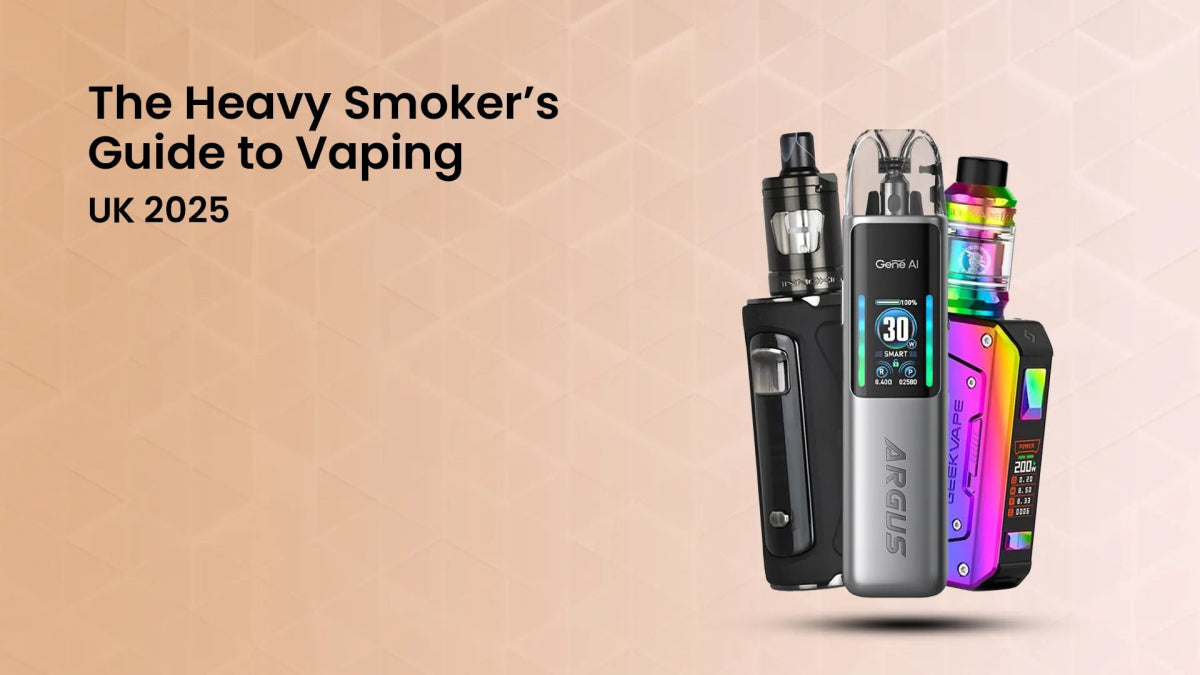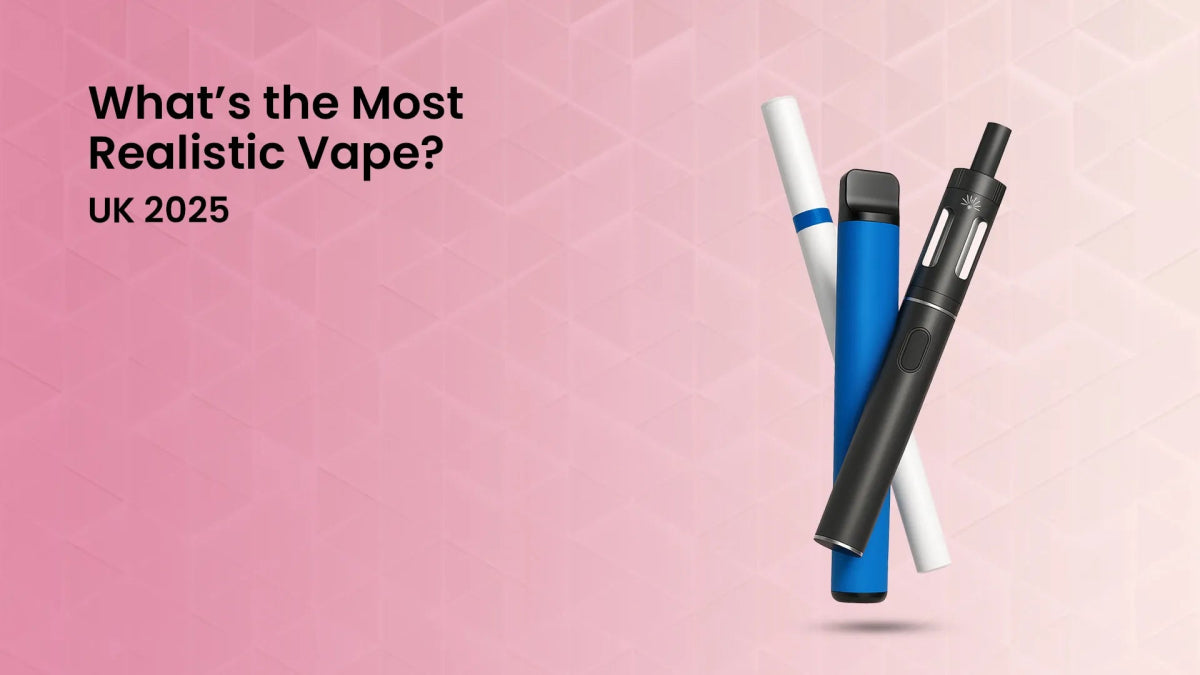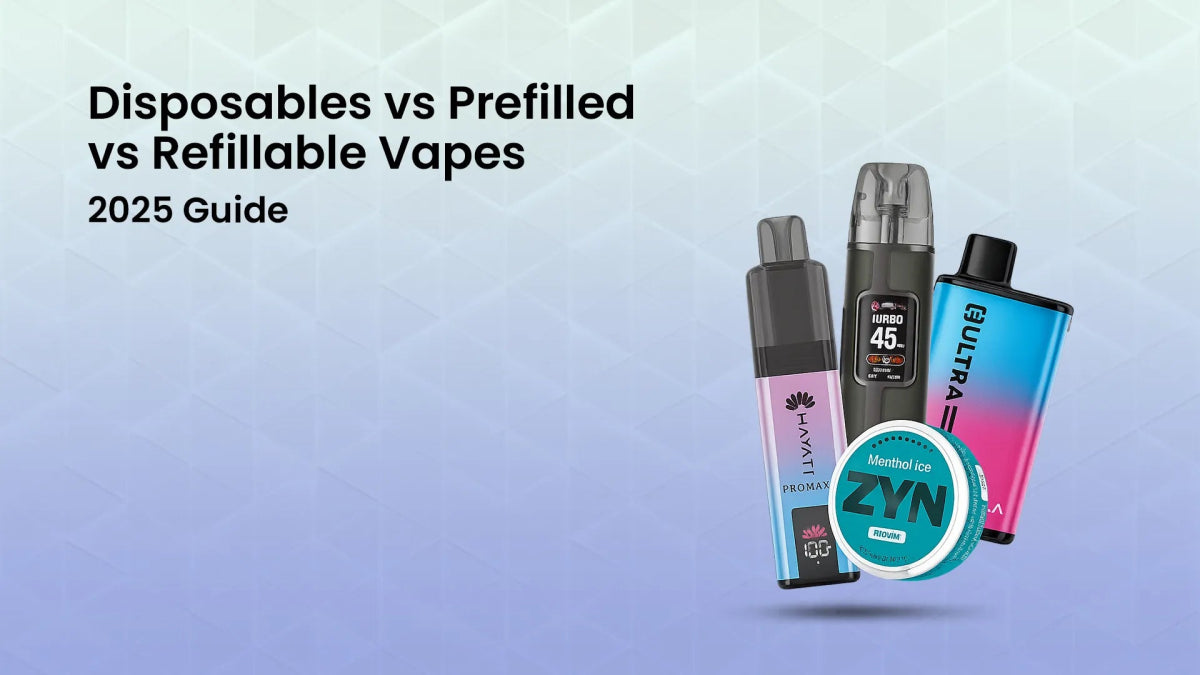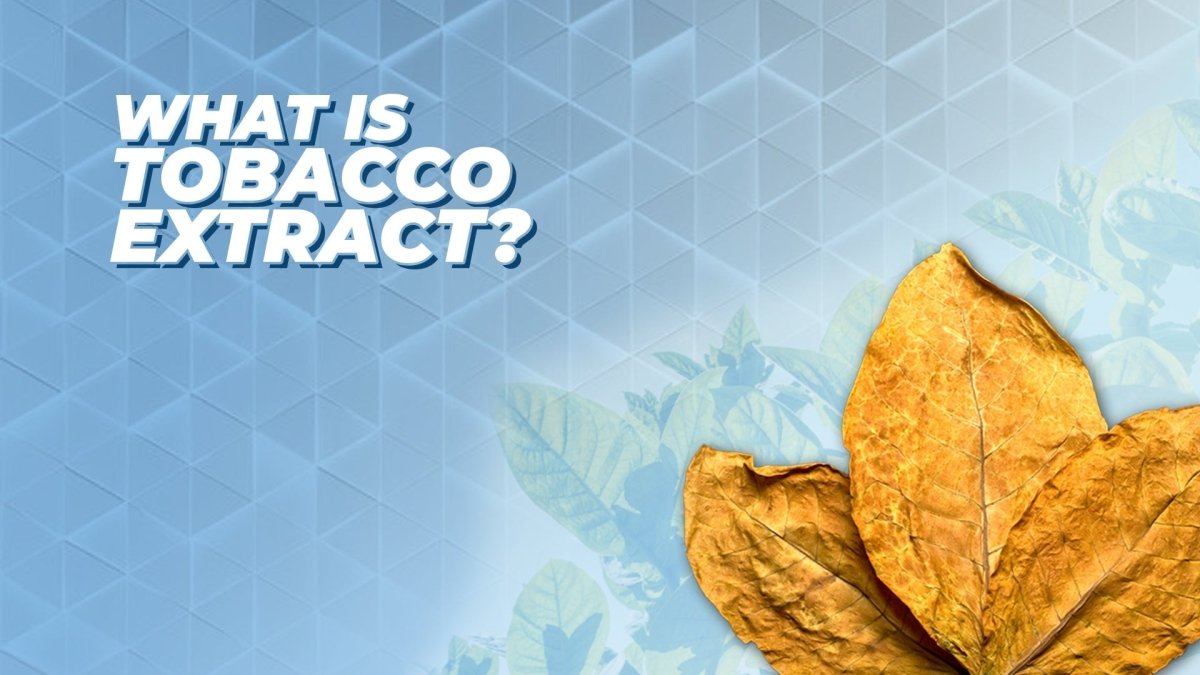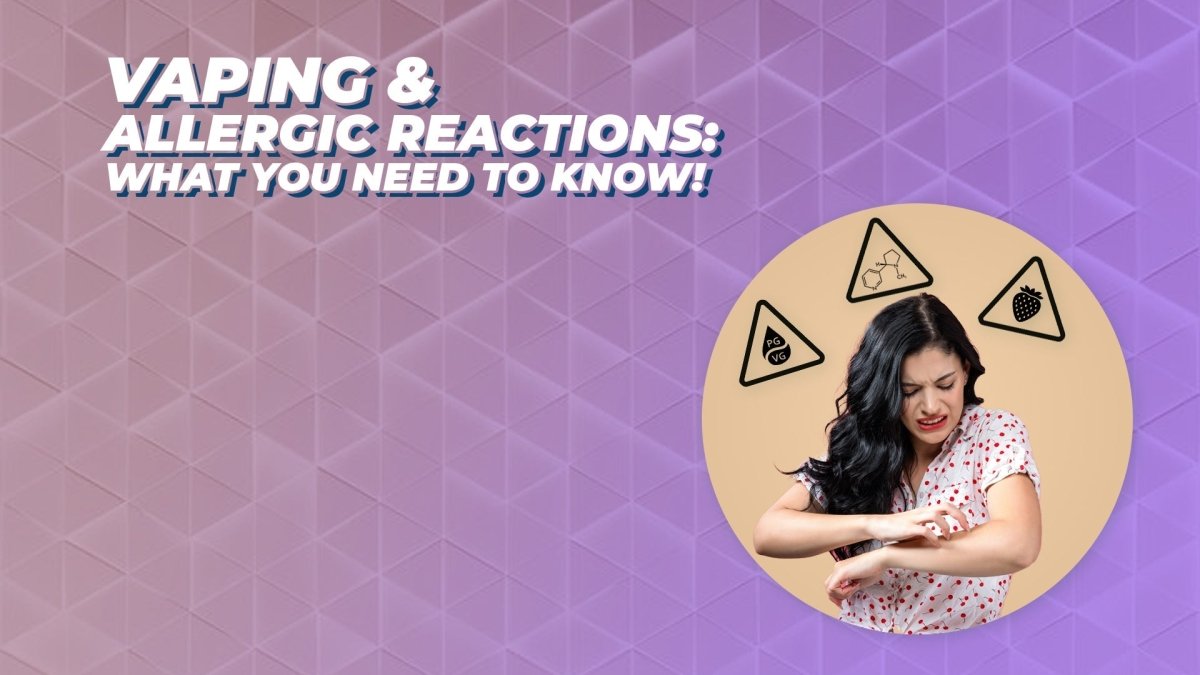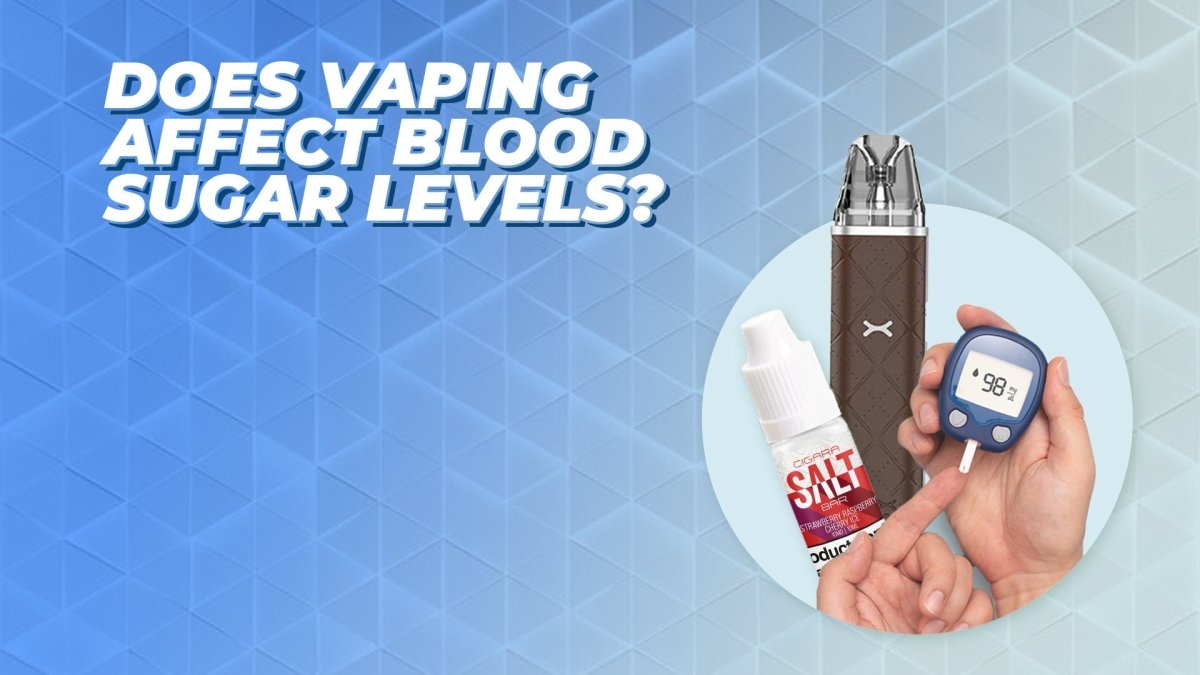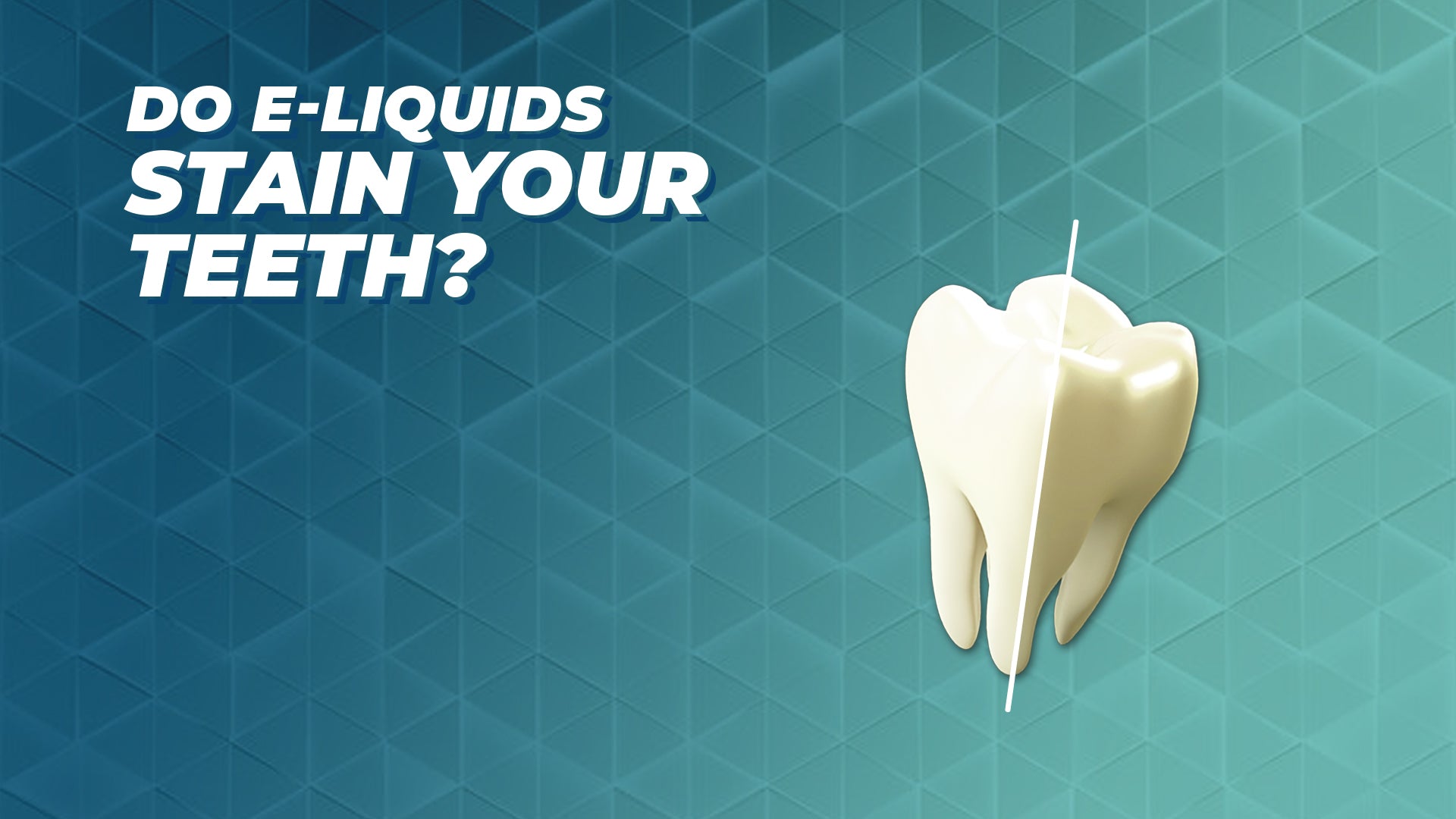What is an E-Liquid?
Table of Contents
- All about E liquid and Vape Juice
- E Liquid Ingredients
- Vegetable Glycerineand Propylene Glycol
- Flavouring
- Nicotine
- What Types of E Liquid Are There?
- Start E Liquid
- Nic Salts
- Shortfill E Liquid
- Nicotine Shots
- How to Choose an E Liquid
- E Liquid Strength and Nicotine Strength
- VG PG Ratio
- Vaping Styles
- Making the Decision
- E Liquid at myCigara
Eliquid, also known as vape juice, is the liquid which is vaporised in any vape kit. It’s no exaggeration to say that without eliquid, vaping as we know it wouldn’t exist. No matter which level of vape user you are, which vaping style you prefer, or which type of vape kit you use —from the most advanced box mods to the simplest disposable vapes —you will be using eliquid.
With that in mind, we reckon it’s worth knowing the ins and outs of eliquid more generally, and this blog will serve as an overall introduction and guide to the topic. We’ll be looking at vape juice ingredients, comparing the different types of e liquid, breaking down aspects like e liquid strength, demystifying the VG to PG ratio, and of course getting you started in the right direction for how to choose the right e liquid to suit your needs and preferences.
So, without further ado, let’s dive in.

E Liquid Ingredients
The main question we want to answer in this blog is, simply: What is e liquid?
One way to answer that question would be to break it down—quite literally—and look at what the actual e liquid ingredients are. We briefly answered the question of ‘what is e liquid’ in the intro; it’s the liquid that’s vaped when vaping.
This kind of answer can lead to a sort of circular logic. What people typically want to know is what they are actually putting into their bodies —i.e., what are the relevant e liquid ingredients?
There are in fact just four main e-liquid ingredients, and they are:
● Vegetable Glycerine
● Propylene Glycol
● Flavourings
● Nicotine

Vegetable Glycerine and Propylene Glycol
The first two ingredients, Vegetable Glycerine and Propylene Glycol, usually go by their respective acronyms of VG and PG. VG and PG essentially function as carriers. What this means is that they form a base liquid which can be vaporised to deliver nicotine and flavour.
Vegetable Glycerine (VG) is a high-fat oil, widely used in the food, cosmetics, and pharmaceutical industries, and thus found in a wide range of everyday items. It is food-grade approved, non-toxic and completely safe to ingest. In e liquid, VG functions as a carrier oil, a base for flavourings and nicotine to bind to.
Propylene Glycol (PG) is a water-absorbing alcohol. Like VG, PG is considered non-toxic and safe to ingest, and is also used widely in food —for example as a preservative, anti-caking agent, or to retain moisture. In its liquid form, PG can be vaporised through heating or vigorous shaking. Thus, it is the ingredient which makes e liquid vaporisable.
The correct amounts of VG and PG go a long way to making sure that you actually have a pleasurable vaping experience. While it’s understandable to think that you simply want a nice flavour and satisfying nicotine hit, VG and PG ensure that youre-liquid heats correctly and delivers desirable properties like smooth throat hits and rich, fragrant vapour.
Although VG and PG are still considered the best carrier ingredients for vape juice, some brands have begun R&D into whether it’s possible to vape water-based e liquid.


Flavouring
All eliquid includes some flavouring, and any good retailer will have a range of e liquid flavours available. This is no different from the kind of flavourings you find in all sorts of everyday consumables; food-grade, and completely safe to enjoy. Some are entirely synthetic, others include natural essences, oils, and extracts where applicable —fruit juices being a typical example.


Nicotine
The final main ingredient in e liquidis nicotine. This is the psychoactive and addictive element in tobacco and in vaping products. Put another way, an addiction to vaping or addiction smoking is mostly just nicotine addiction —which takes the form of both physical addiction and psychological addiction.
Nicotine in eliquid comes in two main forms. One type is synthetic nicotine, which is rendered synthetically in a laboratory setting. The other main form is nicotine salts—nic salts are extracted from tobacco leaves, where they appear naturally.
Of the two main types, synthetic nicotine is the most common form found in eliquid; vape juice that uses nic salts is always specifically sold and marketed as nic salts. There’s no right or wrong when it comes to synthetic nicotine versus nic salts, the two types simply cater to different preferences.
On that note, now would be a good time to look at the different types of e liquid.

What Types of E Liquid Are There?
At first glance, there can appear to be an overwhelming amount of e liquid types. Part of the reason for this is simple nomenclature; the vaping industry is still fairly young, and so all the product names haven’t been entirely standardised. Upon closer inspection, however, we can break things down into about 4 main categories or types of e liquid, which we will go through in turn.


Starter E Liquid
As the name suggests, starter e liquid is good for beginners. Typically, this means a higher percentage of PG to VG, so either 50:50 or higher PG:VG ratios like 60:40, 70:30, or 80:20. This in turn creates a thinner, less viscous vape juice. It’s gentle on the throat, has medium flavour intensity, and creates moderate to low levels of vapour. Starter e liquid is sold in a variety of nicotine strengths, allowing new users to start on higher strengths and taper off as they transition away from smoking.


Nic Salts
Nic salts are unique among all e liquid types as they are the only kind to use nicotine salts. As mentioned in the previous section of this blog, nicotine salts are distinct from synthetic nicotine. Because nic salts are naturally derived from tobacco leaf, they are said to deliver the vaping sensation that most accurately replicates smoking.
So, the trademarks of nic salts include moderate amounts of vapour, a milder flavour, and smooth throat hits. Crucially, they deliver a much faster nicotine hit than other e liquid types, more akin to the feeling of a nicotine rush from tobacco smoking.
Nic salts don’t tend to vary when it comes to VG PG ratios, with the standard being a balanced 50:50 blend. With nic salts, there’s less variance in strength options, but they’re also one of the stronger vape juice types: 10mg or 20mg are the most common nicotine strengths available.


Shortfill E Liquid
Shortfill e liquid is seen as the vape juice of choice for more advanced vape users. This is mostly because the experience of vaping shortfill is far removed from any smoking sensation, and thus typically requires a period of acclimatisation for new vapers. In addition to this, the eliquid itself and the vape kits needed to use it are slightly beyond a beginner’s knowledge base.
So what is shortfill e liquid? It is a vape juice that has a high VG content, which makes it quite viscous; this means it’s harsher on the throat, but the payoff is rich flavour and massive clouds. The other key element of shortfill e liquid is that it’s nicotine-free. Instead, all shortfill e liquid is sold with extra space in the bottle; users can add in their own concentrated nicotine shots to create their preferred strength of vape juice.


Nicotine Shots
Nicotine shots, or simply nic shots, are exactly what they sound like. Little “shots” of concentrated nicotine, these are added to bottles of nicotine-free shortfill e liquid, allowing you to determine your preferred nicotine strength. Most commonly, nic shots are flavourless, but menthol options are also available.
Nic shots come in two varieties; synthetic nicotine, or nic salts. As with normal e liquid, the nicotine type has an effect on the properties of the nic shot. So, synthetic nic shots will be slightly milder in their effect, whilst nic shots made with nic salts have a more pronounced nicotine kick. So there you have it. While it may initially seem daunting, the varieties of vape juice really all fall within these four major categories. That said, eliquid comes in a healthy variety of flavours and strengths to suit all sorts of tastes. So the next section of this guide will look at how to choose an e liquid, to help you find the right vape juice for you.

How to Choose an E Liquid
While our breakdown of the types of e liquid should give you a general idea of what to look out for, we’re going to break things down a little further and consider some additional aspects for thinking about how to choose an e liquid. These aspects, which all interlink, are the VG PG ratio, e liquid strength, and your desired vaping style.

E Liquid Strength and Nicotine Strength
Firstly, let’s think about eliquid strength, which means nicotine strength. Since vaping is simply a tool to help quit smoking, you’ll need to have an honest think about how much you smoke —and thus what level of nicotine dependency you’re trying to replace. Our nicotine strength calculator will help you determine which e liquid strength to go for. A general rule of thumb is:
● Heavy smokers (10 or more cigarettes a day): around 18mg
● Medium smokers (10 or fewer cigarettes a day): around 10mg
● Light smokers (10 or fewer cigarettes a week): up to 6mg
What this tends to mean, if you’re just getting used to the transition from smoking to vaping, is that you’ll want to rule out shortfill e liquid. Even though it’s mixed with high-strength nic shots, the overall nicotine strength ends up being fairly low compared to other eliquid.
Heavy smokers who are getting started with vaping are normally recommended to go with nic salts because they provide a more immediate nicotine kick, which is effective for curbing cravings. If you were a moderate smoker before switching, you could also start with 50/50 e liquid or high-PG starter e liquid.

VG PG Ratio
On that note, it’s worth thinking about the VG PG ratio of a given e liquid. As noted previously in this guide, high-VG e liquid has a different feel from high-PG e liquid. High-VG vape juice is more viscous, has a stronger taste, creates bigger clouds, and is harsher on the throat. By contrast, high-PG vape juice is thinner, has a smoother flavour, creates a more moderate amount of clouds, and is much gentler on your throat.
Essentially, this does mean that if you’re new to vaping, you’ll want to start with high-PG eliquid (meaning: any type except shortfill). One possible exception is if you’re a seasoned shisha user who’s accustomed to taking deep, long drags with lots of clouds; if so you could theoretically jump straight into high-VG eliquid.

Vaping Styles
There are two main vaping styles, plus a third type that kind of covers the middle ground. Each style works best with specific eliquid and specific vape kits. As we’ve covered it elsewhere, we won’t go fully into the difference between mouth-to-lung and direct-to-lung vaping.
Suffice to say that high-VG eliquid like shortfill is better suited to MTL vaping, and high-PG eliquid and nic salts are better for direct to lung. As you become accustomed to vaping, you may decide to split the difference and try RDTL vaping, or that may just be a step on your journey from DTL vaping to MTL vaping.

Making the decision
When it comes to the overall decision of how to choose an e liquid, we recommend taking the time to think about what your own needs and wants are. Are you a first-time vaper looking to quit smoking? A shisha fan who wants a portable option for rich flavour and big clouds? Somewhere in between, maybe looking to change how you currently use and enjoy your vape?
A good rule of thumb, though, is that starter e liquid is —as the name implies —good for beginners; shortfill e liquid is the go-to for hobbyists and cloud chasers; and nic salts are the choice for those who want a strong nicotine kick.
When it comes to eliquid, we know the variety of vape juice out there can seem overwhelming at first. That’s why we hope this guide has been helpful and can serve as a reference point to return to whenever you need. In actual fact, there are only four main e liquid ingredients and four main types of e liquid to keep track of. Once you get the hang of it, there’s a whole world of vape juice for you to enjoy, and you’ll begin to see why vaping is helping to make smoking a thing of the past.
If your ready to delve yourself in the choosing the right eliquid, then we have created this handy eliquid guide that will help make your choice of vape juice the perfect one!
E Liquid at myCigara
At myCigara, we exist to make the UK smoke-free. We believe that vaping is one of the most effective and viable tools available to people who want to quit smoking for good. It’s for that reason that we constantly aim to provide our customers with relevant product education and the best vaping blog content on the web.
Eliquid is one of the core pillars of vaping, and this guide is intended to provide illumination for all readers, regardless of their level of vaping knowledge. That being said, it still assumes you're familiar with the basics. If not, and you need to step back, we recommend starting over at our ‘new to vaping’ beginners landing page. You can also just get in touch with us directly with any burning questions.
We also know that many customers prefer a little face time with experts, so you can also seek out your nearest myCigara vape shop, where our staff are waiting to help you get started on your own personal quit smoking journey today.








